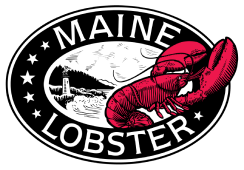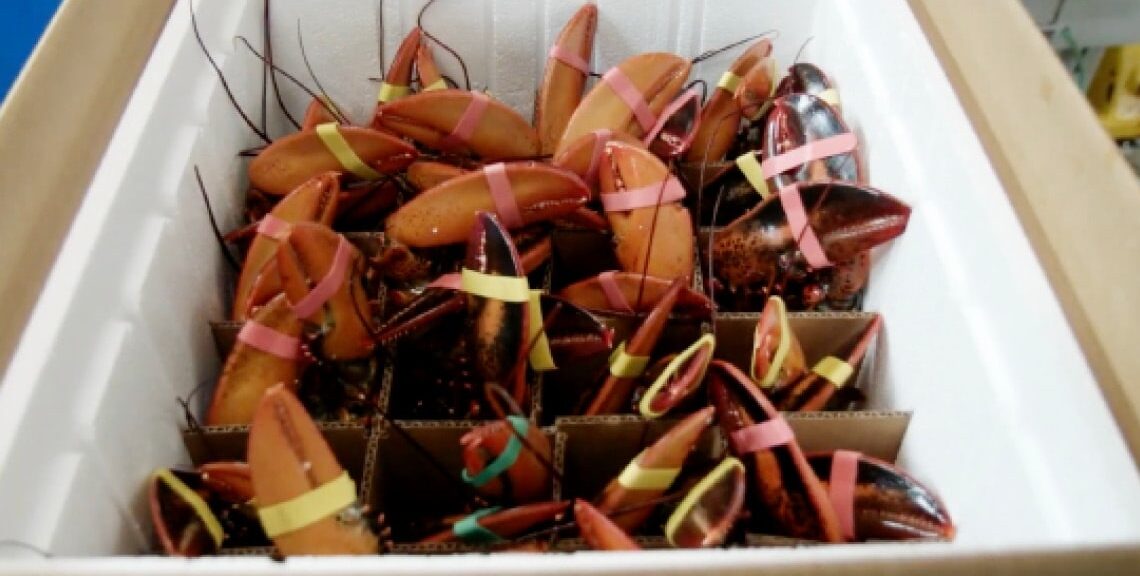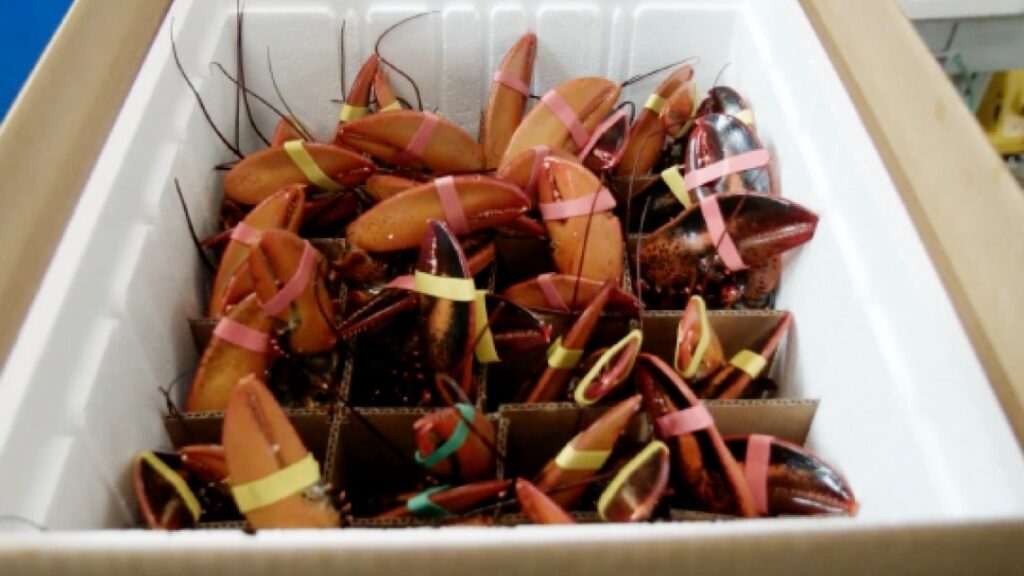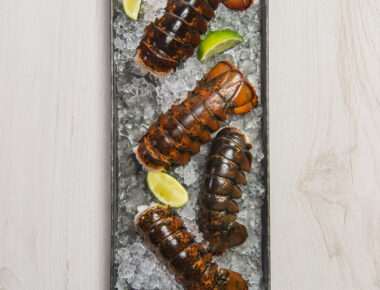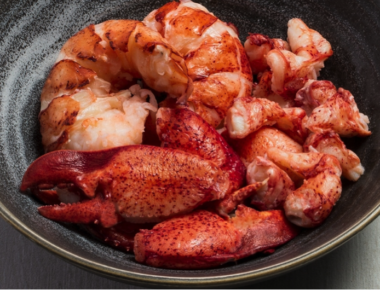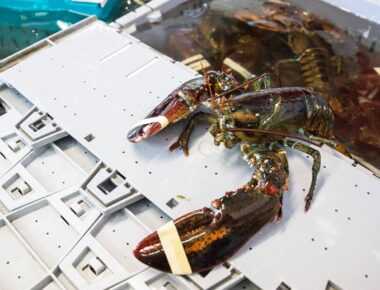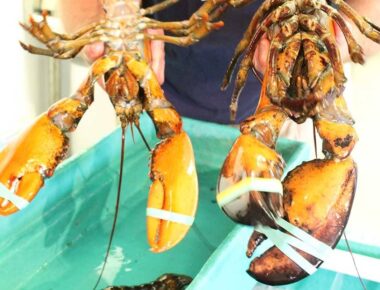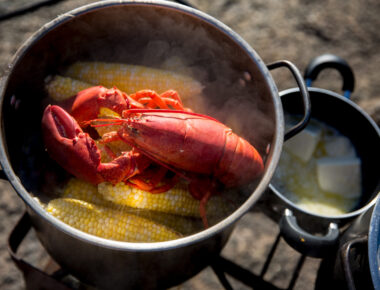Maine Lobster is shipped all over the world – raw, cooked, and live. Maine’s lobstermen, processors, and live lobster wholesalers are committed to ensuring that each lobster caught in the Gulf of Maine maintains the same sweet, fresh taste it has straight out of the ocean – even if consumers are many miles away.
To this end, Maine’s processors and wholesalers have been committed to developing new techniques to deliver fresh whole lobsters, lobster tail, knuckle, and claw (TKC) meat, and lobster products to consumers across the country and abroad. Advances in nitrogen freezing, vacuum sealing, and high-pressure processing allow for the sale of cooked or raw frozen meat that can be used in a variety of recipes. While these products can remove some of the work of cooking lobster for consumers, some people and purveyors prefer to purchase live Maine Lobster and cook it up themselves from start to finish. When it comes to getting live Maine Lobster far from the shores of Maine, ensuring strong shipping, handling, and storage processes are in place is essential.
Selecting Live Maine Lobster
Before you can define shipping and handling practices, you must first work with your Maine Lobster supplier to communicate any specifications required of the lobsters in your order. For example, do you need lobsters only within a certain size range? Are you looking exclusively for New Shell Lobster, a sweeter lobster caught only between June and November, or firmer, brinier Hard Shell lobster? Is your lobster program seasonal, or do you need lobster products on a year-round basis?
It will be important to set expectations where seasonality, size, and shell quality are concerned at the outset of your program through open communication with your Maine Lobster provider. This will minimize any disruptions during quality checks, which could slow down the process of getting live lobsters to consumers and impact freshness.
Shipping, Handling, and Storage Techniques for Live Lobster
Once order expectations are set, familiarize yourself with best practices for shipping, unpackaging, and storage.
Food Export-Northeast, an association that promotes the export of US seafood worldwide, created these videos that outline the best practices for handling live lobster shipments, examining the packaging and storage techniques that will result in the highest quality lobster.
Preparing to Ship Live Lobster
Top Tips:
- Temperature is a crucial component of shipping Maine Lobster. When in transit, use pre-refrigerated trucks set at 36-38° Fahrenheit (4-6° Celsius).
- Once the lobster is at the tank facility, live lobster suppliers regularly monitor the salinity, aeration, and temperature of the water to match natural habitat as closely as possible.
- When packing lobster, your live lobster supplier will consider the size and destination of the lobster shipment. This will determine the type of packaging needed, such as an 8K box or cloud pack. If lobsters are traveling further and to warmer destinations, include more frozen gel packs to better mimic the temperatures they are used to.
- Separate each lobster with cardboard dividers and insert them with their tails facing down and their claws facing up.
Handling and Storing Live Lobster Shipments
Top Tips:
- Avoid dropping or throwing boxes that contain live lobsters when unloading them at your facility.
- Many shipments will include temperature monitors. Review the data on your monitors to ensure there have been no discrepancies in temperature throughout the shipping process. If there have been, contact your supplier. Gel packs that are no longer frozen or cold at the time of delivery could be an indicator of this.
- Remove lobsters from their packaging one at a time, grabbing them by the body, or carapace, whenever possible.
- If you do not have a tank in which to store live lobsters, keep them in their original packaging and place the boxes in a refrigerator.
- Have regular conversations and trainings to make sure that each employee and third party that interacts with your lobster shipment understands these rules and best practices.
Enjoying Maine Lobster Around the World
When shipped, handled, and stored properly, people all over the world can enjoy the fresh taste of Maine Lobster. Get more tips and best practices on how to ship and serve Maine Lobster all year long.
